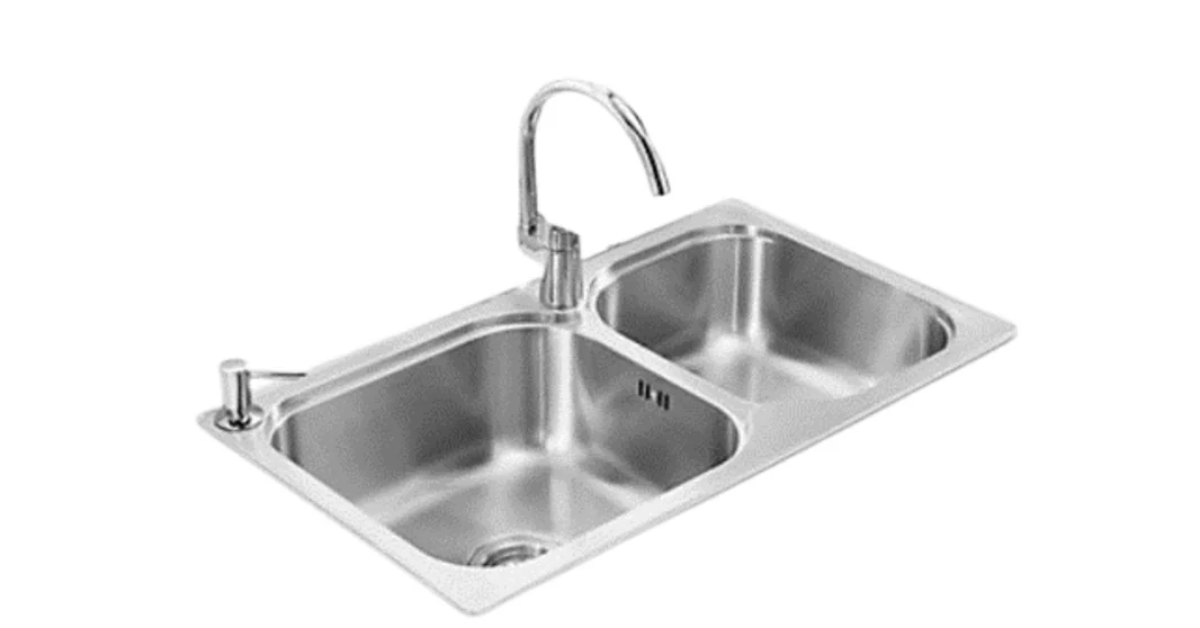Choosing the Right Sink for Your Kitchen or Bathroom
When it comes to outfitting your kitchen or bathroom, one of the most essential yet often overlooked pieces is the Sink. Whether you are remodeling or simply replacing an old fixture, selecting the right sink can significantly impact both the functionality and aesthetics of the space. This guide will explore the different types of sinks available and the factors to consider when making your decision.
Types of Sinks
1. Undermount Sinks Undermount sinks are installed beneath the countertop, creating a seamless look. They are ideal for solid surfaces like granite, marble, and quartz, as they allow the countertop to flow uninterrupted into the sink area. The benefit of this design is its ease of cleaning, as debris and water can be wiped directly into the sink without the lip of a traditional top-mounted sink.
2. Drop-In Sinks Drop-in sinks are designed to be placed into a pre-cut hole in the countertop. These sinks are particularly easy to install and are available in a wide range of materials, from stainless steel to cast iron. Their classic design makes them a common choice for both kitchens and bathrooms, and their simple installation process makes them a favorite for DIY renovations.
3. Farmhouse (Apron Front) Sinks Farmhouse sinks are distinguished by their exposed front, or apron, which extends beyond the edge of the cabinetry. These sinks are often larger and deeper than standard models, making them ideal for washing large pots and pans. Their vintage charm adds a rustic touch to kitchens, particularly in country or farmhouse-style homes.
4. Vessel Sinks Vessel sinks sit on top of the countertop rather than being recessed into it. This unique design can create a striking focal point, especially in modern or contemporary bathrooms. Vessel sinks are available in a wide variety of materials, including glass, stone, and ceramic, allowing for a great deal of customization in design and color.
5. Integrated Sinks Integrated sinks are seamlessly integrated with the countertop, typically made from the same material. This option is especially popular in modern, minimalist designs because it provides a clean, uniform look. There are no seams or joins where dirt and grime can accumulate, making it easy to maintain.
Materials for Sinks
1. Stainless Steel Stainless steel is a durable, low-maintenance material that is a popular choice for kitchen sinks. It resists rust and corrosion, and its sleek, modern look complements most styles. While stainless steel sinks can scratch over time, they tend to be long-lasting and easy to clean.
2. Porcelain Porcelain sinks offer a classic and elegant look, with a smooth, glossy finish that is easy to clean. However, they can be more prone to chipping and cracking compared to other materials. Porcelain is often used in both traditional and modern bathrooms, offering a variety of colors and finishes to suit any design.
3. Composite Composite sinks are made from a blend of materials, such as granite or quartz, and offer the best of both worlds—durability and aesthetic appeal. These sinks are resistant to scratches, stains, and heat, making them a popular choice for busy kitchens. They also come in a wide range of colors and styles.
4. Cast Iron Cast iron sinks are known for their durability and heavy, sturdy feel. Often coated with enamel, these sinks are resistant to damage from high heat and can last for decades with proper care. However, they are prone to chipping if heavy objects are dropped onto them, and they are typically heavier than other types of sinks, which can make installation more difficult.
5. Stone Stone sinks, including those made from marble, granite, or onyx, offer a natural, luxurious look. Each stone sink is unique, with its own veining and patterns. Stone is durable, though it requires periodic sealing to prevent stains and damage from acidic substances.
Key Considerations When Choosing a Sink
1. Size and Depth When choosing a sink, it’s important to consider both its size and depth. Larger sinks are great for busy kitchens where heavy-duty tasks like washing large pots and pans are common. However, in smaller spaces like bathrooms, a compact sink can help conserve space. Additionally, a deeper sink may be preferable if you need to soak items or wash dishes that require extra space.
2. Style and Aesthetics The style of your sink should complement the overall design of your space. A farmhouse sink can add a rustic, charming touch to a kitchen, while a sleek undermount sink is perfect for a modern, minimalist design. Choose a sink that reflects the aesthetic you want to achieve, whether it’s traditional, contemporary, or eclectic.
3. Maintenance Different materials require different levels of maintenance. Stainless steel sinks may need regular polishing to keep them shining, while composite sinks are generally low-maintenance. Consider the amount of time you are willing to spend maintaining your sink when making your decision.
4. Budget Sinks come in a wide range of price points, depending on the material, size, and brand. While more affordable options may be suitable for those on a budget, investing in a high-quality sink made from durable materials can pay off in the long run. Always balance your budget with your desired features and materials.
Conclusion
Choosing the right sink is a balance of practicality, style, and budget. Whether you opt for a durable stainless steel sink in the kitchen or a luxurious stone vessel sink for the bathroom, the right sink can elevate the functionality and appearance of your space. By considering the different types of sinks, materials, and installation requirements, you can find the perfect match for your home.







